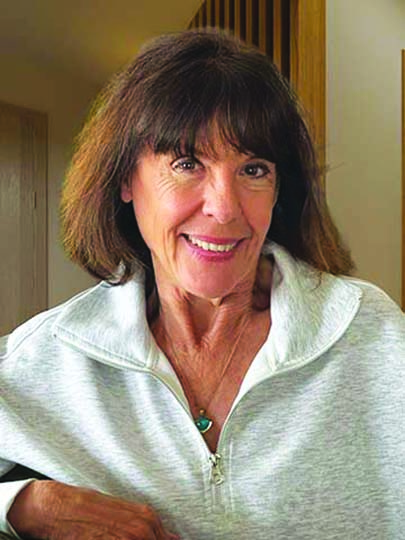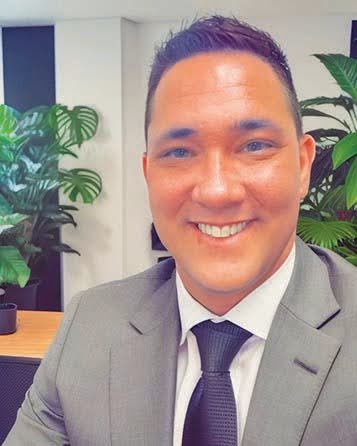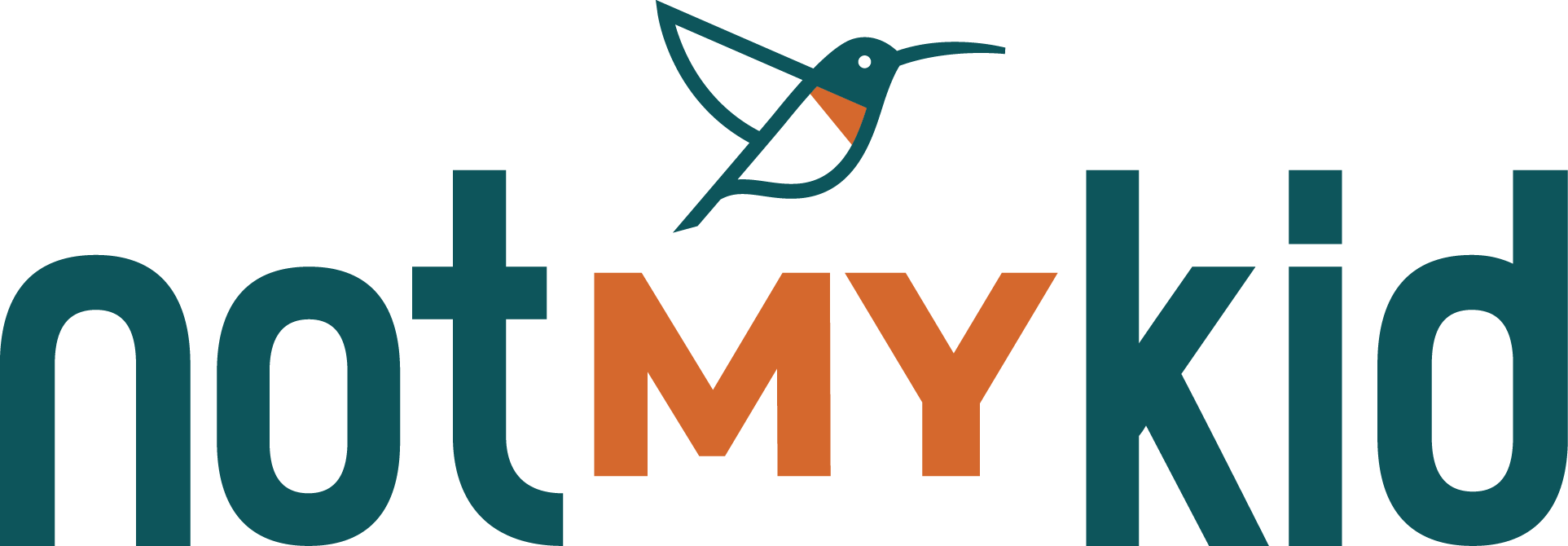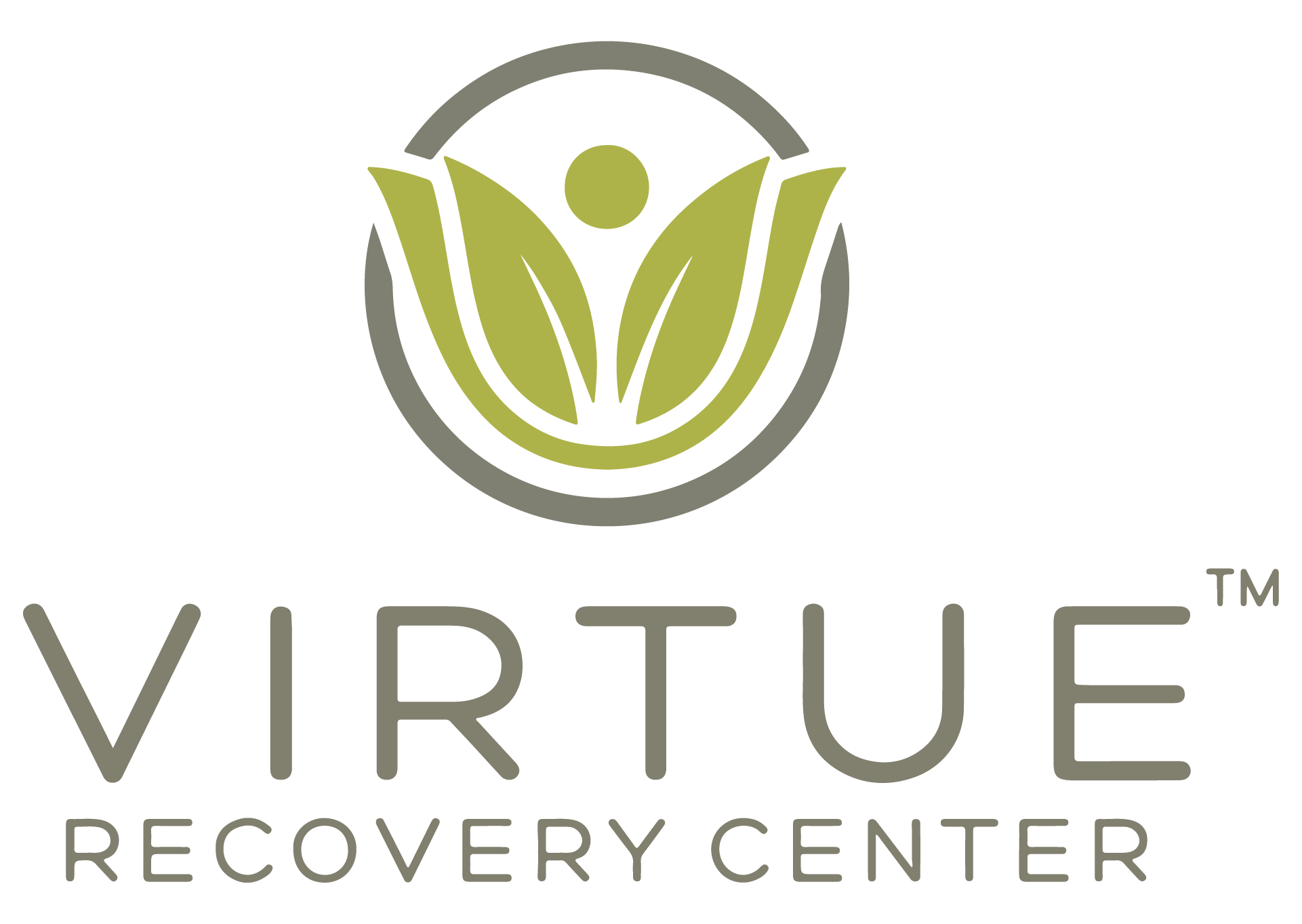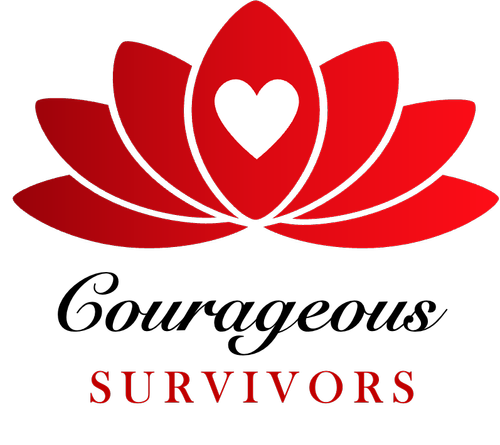I was honored to have this interview Christopher back in 2009. In his memory I would like to share it now. Thank you Christopher for being a Pillar in the Recovery Community. You will be missed and often remembered. –Barbara
Throw the Rope, Don’t Get In the Water
An Interview with Christopher Kennedy Lawford
Do you have a specific message to our younger generation who are faced with the challenges and curiosity of “trying” alcohol or drugs?
CKL: Young people have to understand what they perceive in a moment of adolescent bliss or experimentation may have serious consequences for them down the road. If you said to them at thirty, when you were 13 do you wish you should have done that? They may say no to using drugs and alcohol. They need to realize there can be very serious consequences for those who experiment with drugs and alcohol. One in ten will end up with a serious addiction problem. If they have it in their family their odds of really having problems with this go up dramatically, we know this from the science. The other thing kids need to understand is that their brains are not fully developed. Even if they binge drink or use drugs on occasion, but don’t become an alcoholic or addict there will still be an impact on their brain chemistry and there will be some damage from that kind behavior. It’s not that they aren’t smart kids or productive, creative people– there are consequences to drug and alcohol behavior, the kind I engaged in. The consequences can sometimes be immediate and they can be long.
With most of the kids I know, if you give them good information they will usually make good decisions. My kids have the genetics, I’ve given them good information and they’ve experimented to a degree. I don’t think any of them thus far have manifested any serious problems. That is because of the information they have gotten from their me firsthand and their mother—and the openness of our dialogue with them. Those are significant things. Kids are capable of understanding and I believe they should be told the truth. They often do make good decisions
Since the high profile tragedy of Michael Jackson and the media frenzy surrounding it- do you think this has changed the public perception of addiction and its consequences?
CKL: Not at all! These things happen. Millions of people die of this disease just like Michael Jackson did. It gets played in media, people pay attention and then it goes away. This issue has been around for a long time. Elvis and John Belushi died from this. The media doesn’t change anything.
This is a fundamental issue that is determined person to person–within families, within friendships and with society at a grassroots level. People are going to get in trouble with drugs and alcohol, they always have, and they will continue to get in trouble. Ten percent of the population has the genetic predisposition to become an alcoholic or a drug addict.
This is going to continue, the answer to this is not notoriety, it’s not exposure– the answer is, people talking honestly with one another about what really is going on. And that is what is going to change the landscape and it’s already happening. We have come a long way since I began my journey in 1969. In the terms that we need to dialogue around these issues regardless of the high profile person who die of this disease.
Let’s talk about the 800-pound gorilla in the living room. What advice can you give families who are facing this situation with their loved ones?
CKL: The biggest thing about drug and alcohol is it’s a family disease. If one person has an addiction, then the whole family is sick and that is one of the most difficult things for people to get. The last person to get somebody sober or to help somebody is a family member. What I often say to families and people I care about is, “throw the rope, don’t get in the water.” Go to treatment yourself; go to Alanon or programs that will take care of you. Some of the great things happening today in treatment is we don’t just treat the alcoholic–we treat the whole family. Oftentimes an addict or alcoholic go off to treatment and come back to same family dynamic and systems that they were in place before and they start using again. So the message always has to be the addict is not the only problem. I has been my experience if you’re the one helping you’re the last one to get sober.
What is necessary for the conversation to begin?
CKL: These are really difficult things for people to approach when someone is this sick. We pretend it’s not there, we go into denial and we do those things to protect ourselves. These are fundamental issues and reason this is so difficult. It is not because of the addict or alcoholic, it’s the underlying causes and conditions, perceptions and attitudes that go on in families where addictions run rampant. Everyone has stuff to work on and that’s why it is difficult to confront it. I think it’s always a good idea to get someone involved in your family dynamic that is non partisan, objective and a professional, to do some kind of intervention and to get the ball going. It’s awfully difficult for families to take this on themselves. Get someone smart, who knows this business to come in and walk you through you it.
Have you noticed any changes in the last five years in regards to the stigma and addiction?
CKL: Yes to some degree. My cousin Patrick Kennedy and Jim Ramstad (D.MN.) helped pass the Parity bill. He told me the new Obama bill makes the parity bill look like nothing. He said we are going to get this passed–complete parity on all levels of mental health and addiction, and that’s what we need. As a society, as soon as we start doing these kinds of things on that level we take this out of the moral equation, which is there’s something wrong with the alcoholic or the addict –into a place of disease– which is what this is. This is a mental illness. People that suffer from addiction and alcoholism are not at fault, they are not wrong, they are not bad people. They are sick people who need treatment and just like a diabetic or someone with chronic hypertension who needs a treatment plan, so do alcoholics and addicts. Patrick recently went back to treatment for his mental health. Stigma is all about blame and a misunderstanding of what this is, the fear of not being able to get a handle on it. As a society were getting there. I see steady progress, just as cancer had stigma 20 years ago and really none today, we will see this for addiction in my lifetime.

